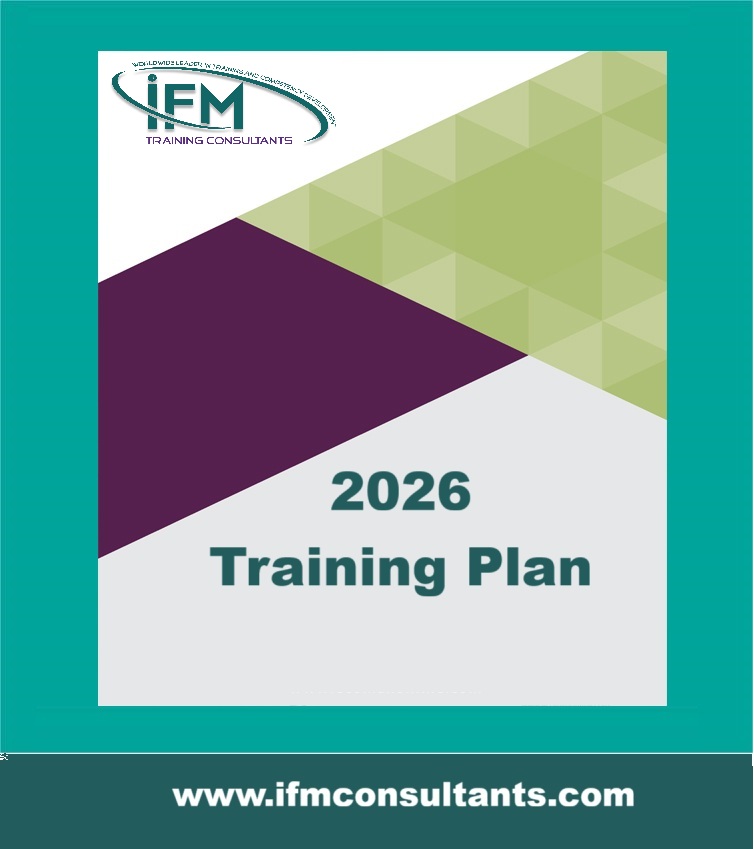Professional Safety Staff Management of Change
| Start Date | End Date | Venue | Fees (US $) | ||
|---|---|---|---|---|---|
| Professional Safety Staff Management of Change | 23 Nov 2025 | 27 Nov 2025 | Istanbul, Turkey | $ 4,500 | Register |

Professional Safety Staff Management of Change
| Start Date | End Date | Venue | Fees (US $) | |
|---|---|---|---|---|
| Professional Safety Staff Management of Change | 23 Nov 2025 | 27 Nov 2025 | Istanbul, Turkey | $ 4,500 |
Introduction
The Safety function can become a high-value-added part of the organisation and play a key role in developing and implementing corporate strategy. This is because of the growing importance of human capital in organisational success.
The safety function will be more effective as a strategic partner in the organisation rather than a purely administrative function. Such an HR function will drive change rather than react to it.
In order to achieve this highly desired prize, the HR function must develop its ability to measure how HR decisions affect the organisation and how the decisions taken by the organisation affect human capital. In short, the HR function needs to develop better metrics and analytics if it is to become a true strategic partner.
Once the metrics are established, the organisation will need to develop HR policies that react to the messages. The course will also consider the type of HR policies that are being developed in response to the usual range of messages from the metrics and analytics.
Objectives
- To examine the use of internal and external measurement frameworks which establish the safety function
- To examine the use of internal and external measurement frameworks which establish the contribution of the organisation’s Human Capital
- To consider the messages that are revealed by such frameworks for the organisation as a whole
- To make decisions based on evidence rather than opinion
- To understand what is going on that affects the Human Capital of an organisation
- To drive strategic change rather than react to it
- Consider whether the use of narrative can complement the use of metrics and analytics
- Design an external analytical framework
- Consider the messages revealed by analysis and measurement
- Develop safety policy responses to a range of messages from metrics and analytics – in other words, what would be done if......
- In turn this will lead to Participants being able to develop a strategic role for the HR function
- Analytical thinking
- Business awareness
- Capability development
- Change leadership
- Information seeking
- Strategy delivery
The Goals
The goals of the course are as follows:
The Process:
The course will be highly interactive with tutorial input as well as case studies and syndicate work. There will be much opportunity for discussion and for participants to compare experience.
Time will be allocated at the end of each day to reflect upon the learning and plan the transfer back to the work place.
The Benefits:
Participants will gain the skills needed to design their own internal framework for measuring the effectiveness of the safety management function. Also, participants will
The Results:
As a result of attending this course Participants will be able to establish a role for the safety function which moves from the traditional, administrative function concerned with process to a force for driving strategic change in an organisation.
The Core Competencies:
Training Methodology
The training methodology is interactive with group exercises and is suitable for all employees involved in functions management. The pace and level of the training workshop is customized to the understanding of the delegates. Ongoing back-up and support is available after the training on request to the supplier, and the training course is also available for in-house presentation as well as for “Competency Transfer”.
Who Should Attend?
Delegates will be Safety Professionals in organisations who would like to develop the role of Safety management change within the organisation.
Course Outline
Day 1:
Human Capital Management
- Introductions and Program objectives
- The context for safety
- Strategic Business Planning
- Corporate Social Responsibility
- Human Capital Management
- How to make things happen – use of business action plan
- The difference between HRM and Personnel Management
- The new shape and function of tomorrows HR & safety departments
Day 2:
Metrics and Analytics
- What should be measured?
- The effectiveness of the safety & HR function
- Safety headcount ratios
- Administrative cost per employee
- Time to fill vacancies
- Filling the skills gap
- Satisfaction surveys
Internal Frameworks
- Morale
- Motivation
- Investment
- Long-Term Development
- External Perception
- External Frameworks
- Human Capital Strategy
- Acquisition and Retention
- Learning and Development
- Primary and Secondary Indicators
- The use of narrative
Day 3:
Behind and Beyond the Numbers; Creating a Positive Working Environment
- The use of narrative
- The Softer Side of HR
- Avoiding a blame culture
- The Relationship between HR and the Line
- The New Roles in the HR Function
Day 4:
Driving Organizational Change: Connecting HR Metrics and Analytics with Action 1
- Change Management
- Employee Relations
- The Relationship between HR and the Line
- Discipline and grievances
- Recruitment and Retention
- The Use of Competencies
- Employee Development
- Succession Planning
Day 5:
Driving Organizational Change: Connecting HR Metrics and Analytics with Action 2
- Employee Motivation
- Empowerment and Accountability
- Performance Management; The four stage process – agreeing objectives, feedback, coaching and appraisal
- Conclusion and Action Planning

















